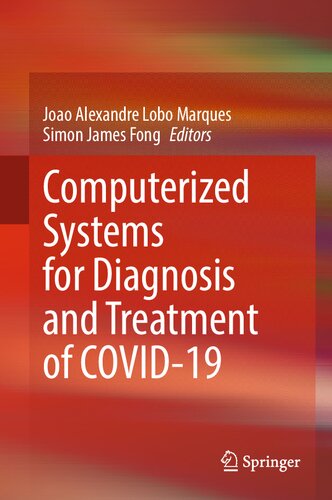

Most ebook files are in PDF format, so you can easily read them using various software such as Foxit Reader or directly on the Google Chrome browser.
Some ebook files are released by publishers in other formats such as .awz, .mobi, .epub, .fb2, etc. You may need to install specific software to read these formats on mobile/PC, such as Calibre.
Please read the tutorial at this link: https://ebookbell.com/faq
We offer FREE conversion to the popular formats you request; however, this may take some time. Therefore, right after payment, please email us, and we will try to provide the service as quickly as possible.
For some exceptional file formats or broken links (if any), please refrain from opening any disputes. Instead, email us first, and we will try to assist within a maximum of 6 hours.
EbookBell Team

4.1
90 reviewsThis book describes the application of signal and image processing technologies, artificial intelligence, and machine learning techniques to support Covid-19 diagnosis and treatment. The book focuses on two main applications: critical diagnosis requiring high precision and speed, and treatment of symptoms, including those affecting the cardiovascular and neurological systems.
The areas discussed in this book range from signal processing, time series analysis, and image segmentation to detection and classification. Technical approaches include deep learning, transfer learning, transformers, AutoML, and other machine learning techniques that can be considered not only for Covid-19 issues but also for different medical applications, with slight adjustments to the problem under study.
The Covid-19 pandemic has impacted the entire world and changed how societies and individuals interact. Due to the high infection and mortality rates, and the multiple consequences of the virus infection in the human body, the challenges were vast and enormous. These necessitated the integration of different disciplines to address the problems. As a global response, researchers across academia and industry made several developments to provide computational solutions to support epidemiologic, managerial, and health/medical decisions. To that end, this book provides state-of-the-art information on the most advanced solutions.